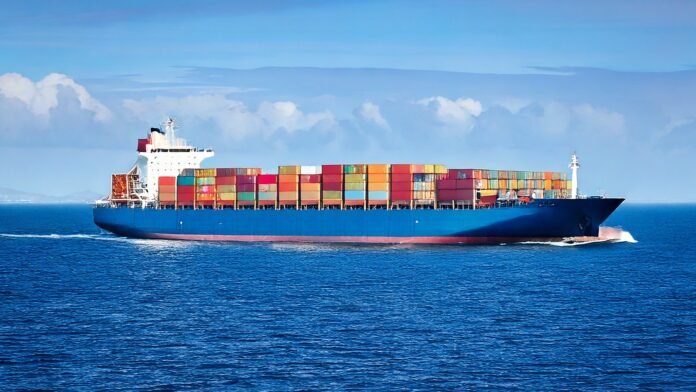In 2025, the European Union’s trade ties with Russia still send billions of euros—mostly in energy and fertilizers—into Moscow’s war machine even as Europe publicly backs Kyiv.
Since Russia’s invasion of Ukraine in February 2022, the EU has slapped sanctions on Russian banks, industry and high‑profile individuals. These measures slashed EU imports from Russia by about 86‑89% and EU exports to Russia by 58‑61%. Yet new data shows that many EU countries are still buying Russian energy, and in some places the volume has even grown.
Between January and August 2025, seven EU members increased their Russian energy imports compared with the same period last year. Across the bloc, more than €11 billion worth of Russian oil, gas and liquefied natural gas (LNG) was purchased. France’s spend jumped 40% to €2.2 billion, the Netherlands saw a 72% rise to €498 million, while Belgium, Croatia, Romania and Portugal all increased purchase levels (3%, 55%, 57% and 167% respectively). Hungary, which has said it will not send weapons to Ukraine, also recorded an 11% year‑on‑year rise.
These countries keep buying Russian fuel under the veneer of existing infrastructure like the Druzhba pipeline or by re‑routing LNG that lands in French or Spanish terminals to buyers elsewhere in the EU. Even though maritime flows of Russian crude have largely been barred, “shadow fleets” and third‑party intermediaries still funnel the gas and oil back into the bloc, keeping Moscow in the black.
Because Russia is a major supplier of fertilizer, sanctions have had a limited effect on that sector. In 2024, EU imports of Russian fertilizers rose from 28% in early 2021 to 34% by mid‑2025. Meanwhile, EU exports of goods to Russia overall were about €31.5 billion, and imports reached €35.9 billion—a trade pattern that remains at its lowest level since 2002.
The picture is clear: despite a huge drop in overall trade volume, European energy and fertilizer purchases still bring more money to Russia than the EU’s direct aid to Ukraine. In 2024 alone, EU purchases of Russian fossil fuels eclipsed Kyiv’s financial support, contributing over €18.7 billion to Moscow’s war effort. Analysts call this a form of “self‑sabotage,” noting that Russian energy revenue remains the biggest source of funding for the war.
As the conflict enters its fourth year, EU policymakers face a tough choice. Can they tighten enforcement, close the remaining loopholes, and fully align their trade practices with the support they promise to Kyiv? The answer will shape not only Europe’s economic future but also the broader trajectory of the war.
Source: ianslive
Stay informed on all the latest news, real-time breaking news updates, and follow all the important headlines in world News on Latest NewsX. Follow us on social media Facebook, Twitter(X), Gettr and subscribe our Youtube Channel.



